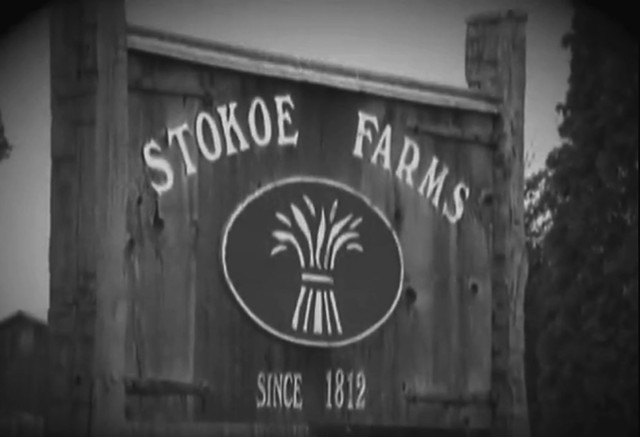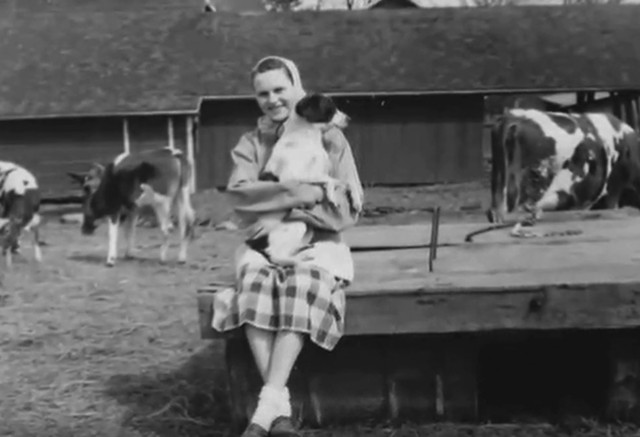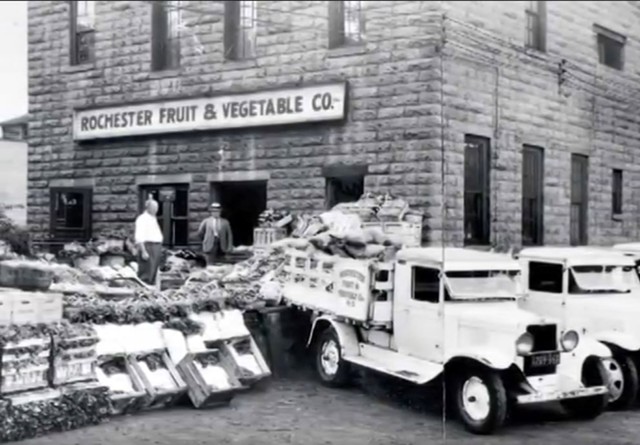Any thorough examination of the Rochester region's history has to include the vital role that agriculture has played in the area's economy. Whether it was wheat production in the early 1800's for the city's flour mills or commercial flower nurseries in the mid-1800's, Rochester's roots are quite literally grounded in agriculture.
"Agriculture has had a huge impact historically, and not just in terms of land use," says Robert King, senior specialist with Monroe Community College's Agriculture and Life Sciences Institute. "The city was in many ways built on agriculture, and it remains extremely important to this region. For every dollar it generates, there's a multiplier of at least two because of all the vendors, marketers, builders, and services that are tied to agriculture. It touches everything."
The Rochester region has become best known for dairy, tree fruit, and food processing, King says. "Dairy has always been huge here because the soil is ideal for raising bovine," King says. "They thrive here."

- PHOTOS COURTESY LOCALLY GROWN: AN ESSENTIAL PART OF OUR ECONOMY
About 50 or 60 years ago, many towns in the nine-county area had at least one dairy that produced products such as milk, cream, and ice cream – and they often delivered their products right to the customer's front door, King says.
"You don't see as many individual dairies with 200 to 300 heads anymore, but we still see dairies with 50 to 100 heads," King says. "Dairy is still Number 1 in agriculture in terms of land use."
New York is also known for its tree fruit – pears, apples, peaches, apricots, and plums. The state is the second largest apple grower in the country, and most of those apples are grown in the Upstate region close to Lake Ontario, King says.
Since the 1970's, Rochester and the Finger Lakes region have also become known for another important product: wine. In 1976, there were fewer than 20 wineries in the entire state. Today, the Finger Lakes area is home to more than 120 wineries – about 25 percent of the state's total.

- PHOTOS COURTESY LOCALLY GROWN: AN ESSENTIAL PART OF OUR ECONOMY
But not everyone is as enthusiastic about the region's agricultural industry as MCC's King, and some insiders question whether farming is still a sustainable business. David Stern has been a full-time farmer in Wayne County since 1972. He started out raising corn for nearby dairy farmers, but in 1979 transitioned from a conventional farm to sustainable agriculture. In 1985, his farm was one of the first in the area to be certified as organic. While there has been increased interest in organic foods and buying local produce, it's a small percent of the industry, he says.
Though there is something romantic about farming and living off the land, today, it's extremely difficult to do, he says. Costs have risen higher than profits, he says.

- PHOTOS COURTESY LOCALLY GROWN: AN ESSENTIAL PART OF OUR ECONOMY
"In 1972, I paid less than $400 an acre for these crop and forest lands and all the structures," Stern says. Prices lately have been around $5,000 an acre, with no structures, he says. Given the low prices that many farm products bring, it's hard for many farmers to even pay interest on a loan.





